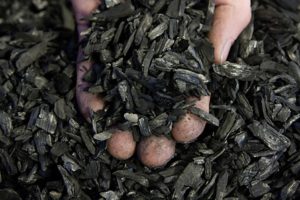Annual Property Implementation Plans now offer the ability to see planned management actions on state forests and other state-owned properties. The plans, including a searchable tool, can be found on the DNR website (dnr.wi.gov – keyword “APIP”).
State forests are governed by property master plans, which are developed with significant input from the public, but these plans cover long periods of time (up to 15 years) and do not describe annual activities.
Annual plans, developed by the forester, wildlife biologist, property manager, ecologist and others, identify the major work during the next year to implement the master plan for that property. These activities encompass a variety of forest and habitat management work, including timber sales, tree plantings, prescribed burns and invasive species control. In addition, plans are shared for recreation and infrastructure improvements, including trails, campgrounds, buildings, boat landings, roads or expanded parking. APIPs do not include routine maintenance or minor actions including mowing, building maintenance, inventory or field surveys.
If you are interested in planned work on one of our northern state forests (Black River, Peshtigo River, Governor Knowles, Northern Highland-American Legion, Flambeau River or Brule River State Forest), visit the Annual Property Implementation Plan webpage. Direct questions or comments to the state forest property managers listed in the plan.

